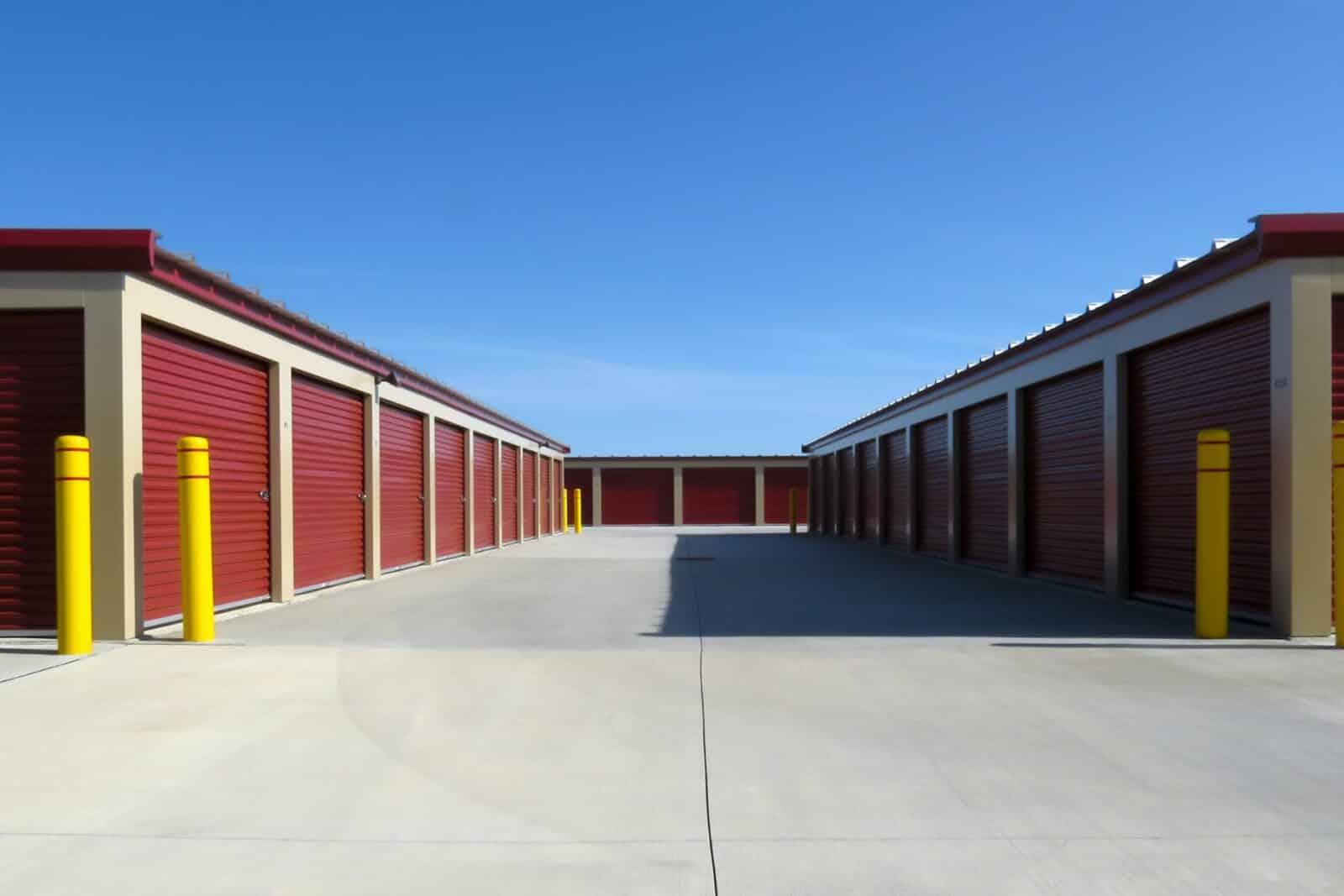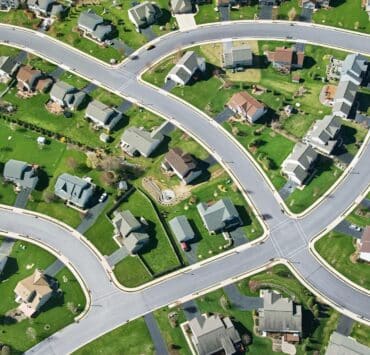China has initiated the assembly of temporary housing units following the devastation caused by an earthquake that wiped out 14,000 homes.
In northwest China, specifically in Gansu province, state media reports that hundreds of one-room temporary housing units are being set up for survivors of the earthquake. The disaster claimed at least 135 lives and left 12 people missing due to mudslides that engulfed two villages, blocking access to buildings and roads.
CCTV footage displayed cranes positioning white, box-like housing units in an open field in Meipo village. By Friday morning, it is expected that around 500 units will be in place across nine sites, providing shelter for those displaced by the earthquake.
The deployment of these prefabricated units indicates that a substantial number of the 87,000 people resettled after the earthquake may face prolonged homelessness. Many of them have been enduring harsh temperatures in makeshift tent-like structures with blue plastic sheeting on the outside and quilted cotton lining inside.
Experts assessing the damage revealed that 90% of the houses in Yangwa village are deemed unsafe to inhabit. While some homes may be reparable, the frozen soil may delay reconstruction until next year.
The death toll includes 113 people in Gansu and 22 in neighboring Qinghai province, with nearly 1,000 reported injuries. The magnitude 6.2 quake struck the mountainous region on the Gansu side of the boundary between the two provinces, approximately 1,300 kilometers southwest of Beijing.
Funerals, following Muslim traditions prevalent in the affected area, have been conducted for the deceased. Mud, reaching heights of up to 3 meters in Qinghai province, submerged villages, leaving only rooftops visible.
Experts cited by CGTN, the international arm of the Chinese state broadcaster, explained that the earthquake liquefied underground sediment in the area, leading to a flow of muddy sediment down dry ditches into the villages. The incident marks the deadliest earthquake in China in nine years, emphasizing the seismic vulnerability of the western regions, including Gansu, Qinghai, Sichuan, Yunnan provinces, Xinjiang, and Tibet.
Related posts:
 Reduce Your Environmental Footprint: Simple Water Conservation Tips for Your Home
Reduce Your Environmental Footprint: Simple Water Conservation Tips for Your Home
 10 Precautions to Stay Safe During a Home Renovation
10 Precautions to Stay Safe During a Home Renovation
 Surge in US Housing: A Close Look at the November 2023 Boom
Surge in US Housing: A Close Look at the November 2023 Boom
 Increased Housing Confidence Brightens 2024, But Buying a Home Still Tough
Increased Housing Confidence Brightens 2024, But Buying a Home Still Tough
 Canada Bans Foreign Homeownership Until 2027 to Help People Afford Homes
Canada Bans Foreign Homeownership Until 2027 to Help People Afford Homes



